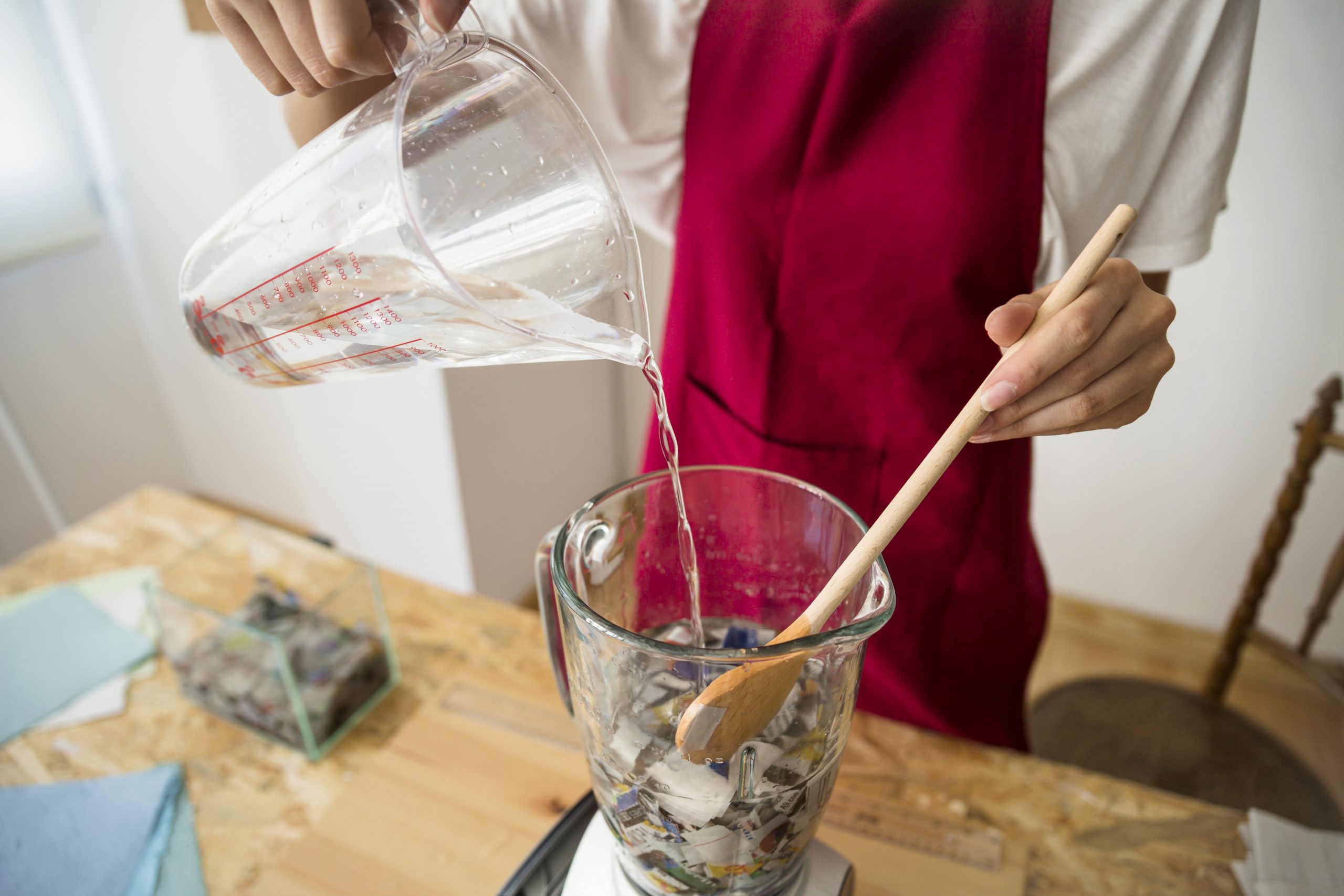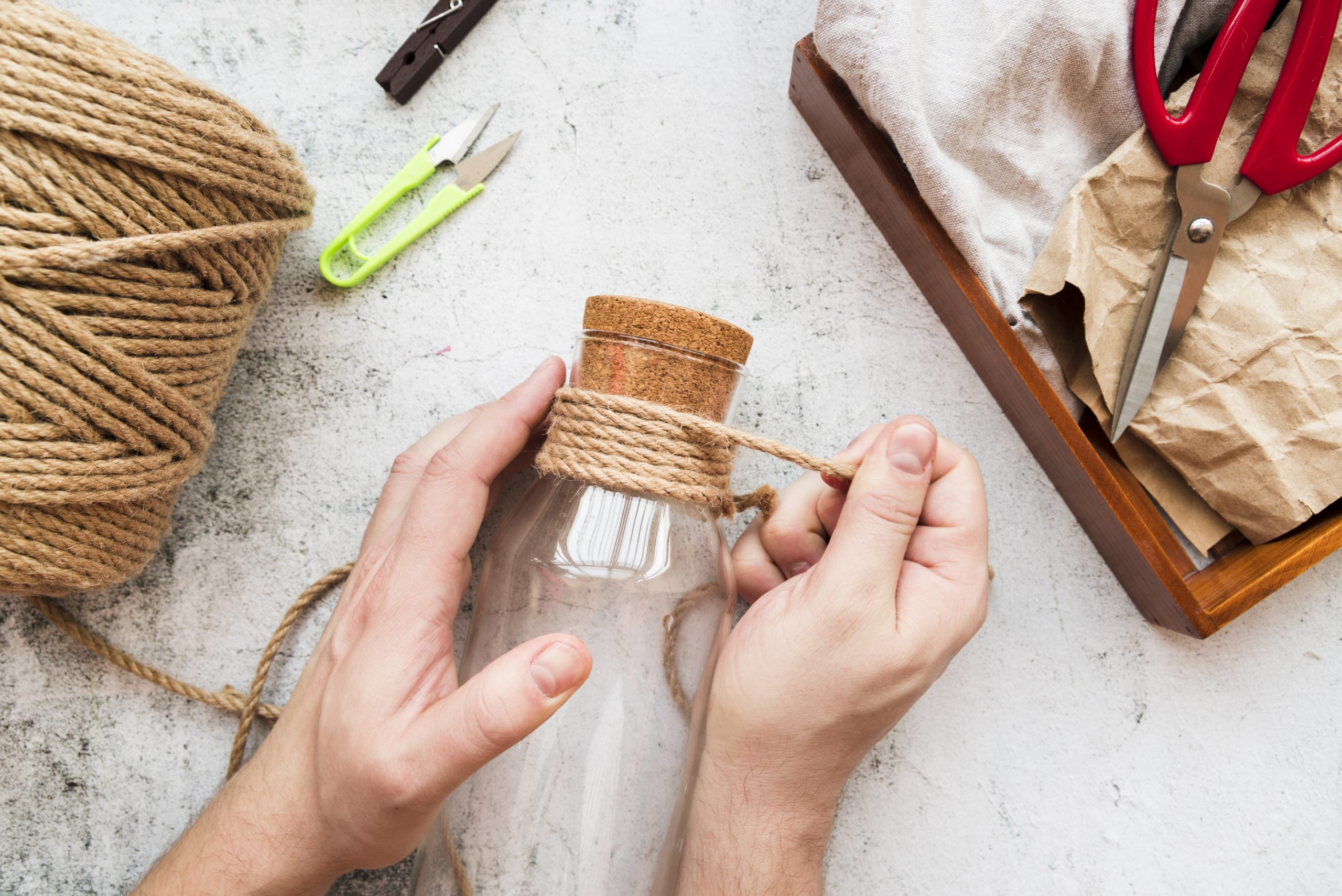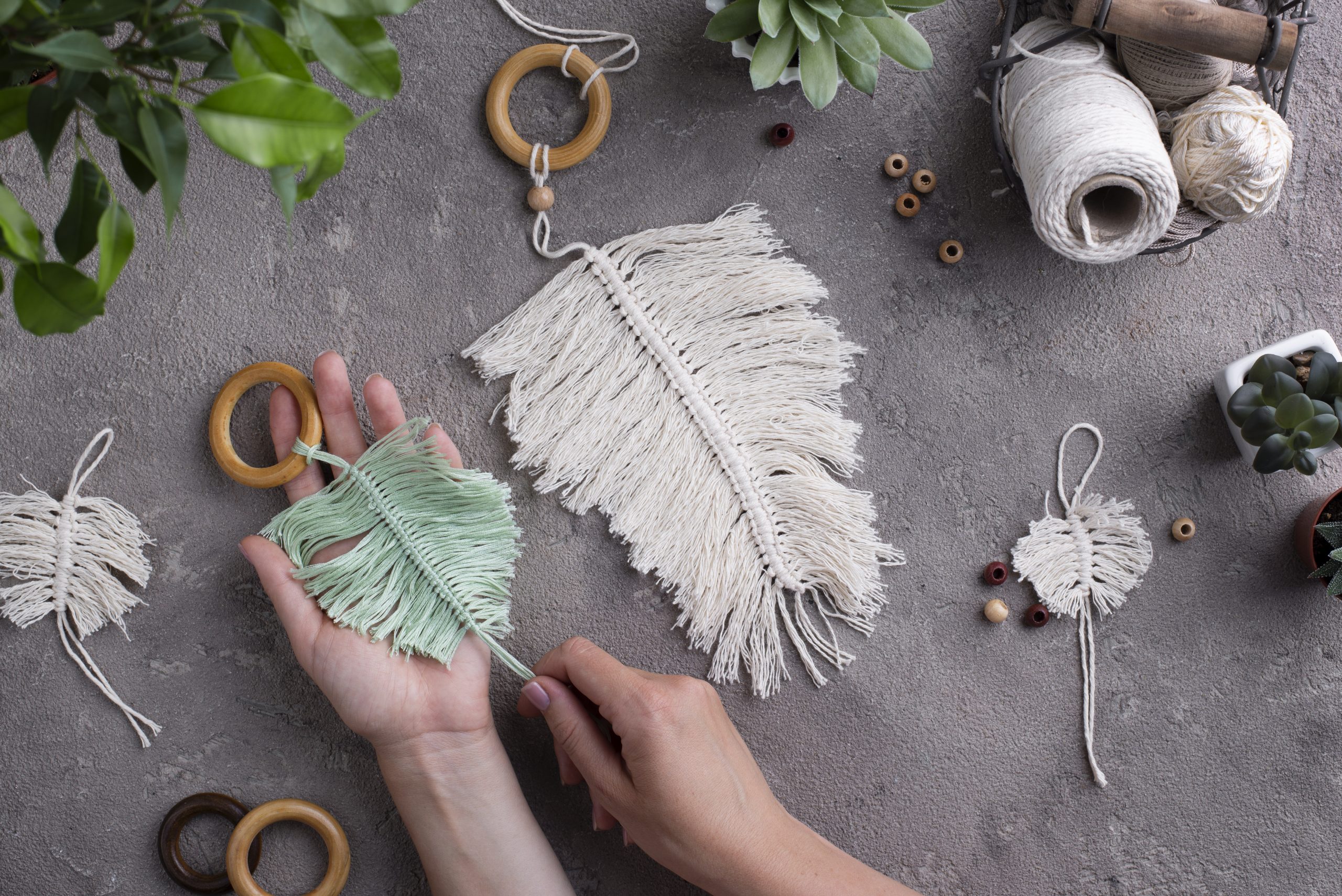Hand-dyeing fabrics is an ancient craft that brings color and life to textiles in unique, creative ways. Whether you’re making clothing, home décor, or accessories, hand-dyeing allows you to express your personal style while creating one-of-a-kind pieces. In this article, we’ll explore the beauty of hand-dyeing fabrics, the techniques involved, and the endless possibilities for creativity.
1. What is Hand-Dyeing?
Hand-dyeing is the process of applying dye to fabric by hand, rather than using commercial machinery. This method gives each fabric its own distinct color patterns, textures, and variations, which make hand-dyed pieces so special and unique. The practice allows artisans to experiment with colors, blending techniques, and different fabric types to achieve diverse results.
2. Common Techniques for Hand-Dyeing Fabrics
There are several popular methods for hand-dyeing fabric, each offering different results and effects. Here are some of the most common techniques:
a. Tie-Dye
Tie-dyeing is one of the most well-known hand-dyeing techniques, which involves folding, twisting, or pleating the fabric and securing it with rubber bands before applying dye. This creates a beautiful array of colors and patterns, ranging from vibrant spirals to abstract shapes. Tie-dye is perfect for creating playful, bohemian-style pieces.
b. Shibori
Shibori is a Japanese resist-dyeing technique that involves folding, twisting, or binding fabric before dyeing it. The fabric is then immersed in dye, which results in striking, symmetrical patterns. Shibori creates intricate designs, and the possibilities for experimentation with different folding and binding methods are endless.
c. Dip-Dyeing
Dip-dyeing involves submerging part of the fabric into dye and allowing the color to gradually fade as it moves up the fabric. This method can create beautiful gradients and ombré effects, adding depth and interest to your textiles. It’s an easy way to achieve a sophisticated look with minimal effort.
d. Hand-Painting
Hand-painting fabric with dye allows for precise control over the design. Artists can create custom patterns, images, or designs directly on the fabric using brushes or sponges. This technique is perfect for creating detailed artwork on textiles, whether for clothing, wall hangings, or upholstery.
3. Choosing the Right Dye for Your Fabric
When choosing dye for your fabric, it’s important to consider the type of fabric you’re working with. Natural fibers like cotton, linen, and silk tend to absorb dye more evenly than synthetic fibers like polyester. You can choose between natural dyes (like indigo or turmeric) or synthetic dyes, which are available in a wider range of colors.
Here are a few tips for selecting the right dye:
- Natural Dyes: Create soft, earthy tones and are ideal for a rustic or eco-friendly look.
- Synthetic Dyes: Offer a broad range of vibrant, intense colors and are often easier to work with for beginners.
4. Preparing Fabric for Dyeing
Properly preparing your fabric is essential to achieving the best results when hand-dyeing. Here are some steps to follow:
- Pre-Wash the Fabric: Wash the fabric to remove any impurities, oils, or finishes that could affect how the dye absorbs.
- Test the Dye: Always test your dye on a scrap piece of fabric to ensure it produces the color you want.
- Protect Your Workspace: Dyeing can get messy, so be sure to cover your workspace with plastic or old towels, and wear gloves to protect your hands.
5. The Joy of Experimenting with Colors
One of the most exciting aspects of hand-dyeing is the ability to experiment with colors. By combining different hues, trying new techniques, and blending dyes, you can create an endless variety of patterns and effects. The possibilities are only limited by your imagination! Here are some ideas to inspire your next dyeing project:
- Combine bright colors for a bold, energetic design.
- Use earth tones for a calm, natural aesthetic.
- Create gradient or ombré effects for a subtle, sophisticated look.
6. The Benefits of Hand-Dyeing
Hand-dyeing fabrics is not only a fun and creative process, but it also offers many benefits:
- Personalization: You can create truly one-of-a-kind pieces tailored to your style.
- Sustainability: Hand-dyeing allows you to breathe new life into old fabrics or clothing, promoting sustainability and reducing waste.
- Connection to Craft: The process of hand-dyeing helps you develop a deeper connection to your craft and appreciation for the time and effort involved in creating each piece.
Conclusion
Hand-dyeing fabrics is a wonderful way to infuse creativity and personality into your textiles. Whether you choose to tie-dye, shibori, dip-dye, or hand-paint, there are endless possibilities for creating beautiful, custom designs. With the right techniques, dyes, and materials, you can transform plain fabrics into vibrant, one-of-a-kind works of art. So, gather your supplies and let your creativity flow through the dyeing process—your next masterpiece is waiting!



